Book Reviews
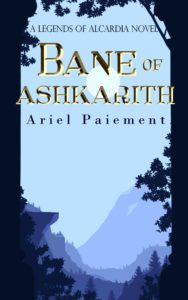 Bane of Ashkarith
Bane of Ashkarith
The truth may be out there. Sometimes it’s quite a ways out there, and sometimes the price for finding and telling it can be very high. Ariel Paiement’s novel Bane of Ashkarith tells the story of a young couple’s quest to discover the truth about their culture’s religious beliefs—a journey that takes them to a haunted city deep in the jungle, and then into great and tragic events that occurred in the distant past. The result is a story with complexity and even pathos. Though Ashkarith hurries the reader past some paths that might otherwise have explored intriguing narrative terrain, it gives glimpses of this unique secondary world that prove intricate and compelling. Overall, this tale of fantastical archaeology is well worth the trip.
Best for: Young adults and older.
Discern: Some sensuality within marriage, as well as heroes who seek truth yet easily accept a counterintuitive historical account that incites their quest.
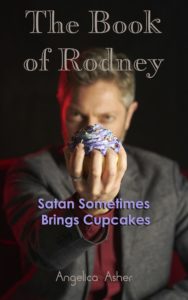 The Book of Rodney
The Book of Rodney
It’s not the Book of Job, but in The Book of Rodney by Angelica Asher, Satan makes a wager with the heavenly realm: if he can turn an ordinary teenager against God, he gets another thousand years to rule earth. When Rodney Simplessohn (age eighteen, though he often acts like a younger person) suddenly finds himself able to see and hear angels and demons, consternation spreads through the angelic ranks and slapstick situations ensue. Satan gets one hour per day for seven days to tempt Rodney, but this is no horror story: the demons are faintly ridiculous, including Satan in the guise of Jude Law offering cupcakes. The novel’s tone is occasionally preachy as Rodney learns the basics of spiritual warfare from his guardian angel and starts delivering others from demons. But can he save himself from the oh-so-compelling temptations Satan cooks up for him?
Best for: Middle-grade kids and older, families wanting to discuss spiritual warfare.
Discern: Sexy temptation scenes that are tasteful but may not resonate with middle-grade readers.
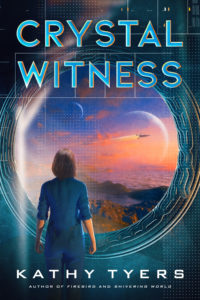 Crystal Witness
Crystal Witness
On a planet dedicated to the production of perfume, it may not pay to notice that something smells fishy. This spellbinding tale spills from the mind of Kathy Tyers in Crystal Witness. Ming Dalamani, a mind-wiped prisoner reeducated as a gel-calligrapher, must fight to remember who she was, and for what exact purpose she’s always been willing to die. Under constant threat of paralysis via probation collar, Ming struggles to regain equilibrium on Mannheim, a new and fascinating world dominated by the Renasco fragrance corporation. But the more Ming learns, the less she feels she can trust anyone. Intricately drawn characters and settings entice the imagination. From the pulse-pounding opening aboard a family-operated smuggling ship, through an unfortunately rushed conclusion, Crystal Witness exudes a galactic aroma that pulls in readers with strength like the vacuum of space.
Best for: Teens and adults seeking an unconventional space opera.
Discern: References to drug use.
 Daughter of Lightning
Daughter of Lightning
When the sky lights up, thunderous trouble’s never far behind. Daughter of Lightning by Anna Kate Logan follows Talea as she discovers she is not alone in her ability to wield lighting. Joined by her family as well as her new friend and fellow lightning-wielder Wylan, Talea bolts from her home under threat from a new king who wants to wipe out her people. Pursued by assassins, she heads to the place where Wylan claims they’ll find others like them. But will she be able to channel her powers toward their true purpose? This story has some great twists and action, and leaves the door open for a sequel. Although some worldbuilding and characterization is confusing and inconsistent, overall Daughter of Lightning is a fun adventure that promises to branch into an electric epic as the Dragon and Storm series continues.
Best for: Young adults who enjoy fantasy quests and superpowers.
Discern: Some violence and references to abuse.
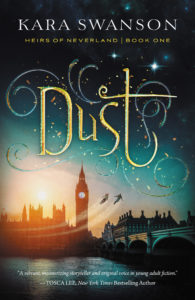 Dust
Dust
Kara Swanson’s Dust shares the magical story of Claire, a girl who hates Peter Pan but who may be the key to saving Neverland. Because of Peter Pan, Claire’s brother is missing. In London, she meets a boy who helps her discover truths about herself and the strange and powerful dust that sheds from her skin. Her dust may not be the curse she always thought—it may be exactly what she needs to find her brother. She must evade pirates and rogue lost boys and learn whom to trust. Nothing is as it seems, and wishing on stars will get her nowhere in this delightfully twisted sequel to a classic. Despite some continuity issues and plot inconsistencies, Dust is a charming and engaging read.
Best for: Young adults as well as fans of fairy tale retellings and sequels to classics.
Discern: Violence, dark emotions and motivations.
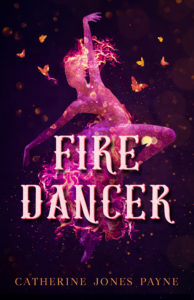 Fire Dancer
Fire Dancer
Where there’s the smoke of rebellion, there’s the fire of courage. Fire Dancer by Catherine Jones Payne is the sizzling story of Kyla, a girl whose clan wields fire magic. But the clan forbids women from practicing magecraft, so Kyla’s highest hope is to earn the role of principal dancer in the fire festival. She pours herself into audition training, while secretly learning magecraft from her friend Nolan, whose family is banished. Kyla vows to change things—for herself and Nolan—but undoing centuries of tradition is harder than it sounds. Kyla must fight for change despite a scheming rival, a dangerous arsonist, and dilemmas that will shape her future. In the end, she’ll discover where true power lies. This is a brilliantly written story full of emotion and action that will have readers blazing through the pages.
Best for: Teens and older readers who enjoy fantasy, family-centric stories, and the discovery of new worlds.
Discern: Oblique references to sex, some violence and depictions of death.
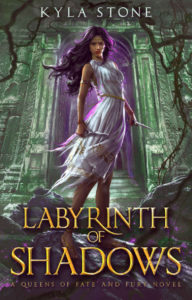 Labyrinth of Shadows
Labyrinth of Shadows
Greek myths may be ancient, but they remain founts of imagination. Kyla Stone’s Labyrinth of Shadows tells its own story with cleverness and breathless suspense. “Bull dancer” Ariadne may be a princess of Crete, but ever since the night long ago when she received a scar that marked her as cursed, her parents’ eyes have held nothing but disdain. A handsome prisoner marks a change in her fortunes and seems to open a door through which she can regain her mother’s love and her father’s respect. But will this golden Athenian man bring even more trouble for her than she already expects from Daedalus’s labyrinth for monsters? In the end, it will be her own choices, and the threads of loyalty she spins to bring others to her side, which dictate both her own fate and that of others.
Best for: Fans of Greek mythology and tales set in the ancient world as well as readers who love dramatically difficult inner-family relations.
Discern: Some violence, frightening monster elements, references to cruel and uncaring pagan deities.
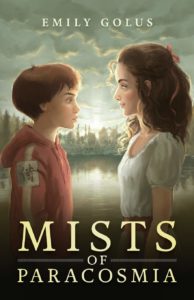 Mists of Paracosmia
Mists of Paracosmia
When the past is as impermanent as mist, the present becomes treacherous. In Mists of Paracosmia, sequel to Escape to Vindor, author Emily Golus brings young Arden Bradshaw into Vindor, a fantasy realm where history changes regularly and past events are denied and forgotten. It’s like a dream. And it is—a dream of Arden’s older sister Megan, who is now a college student. How can Arden get home? Megan’s buddies in Vindor send him and two others on a quest to find a librarian who can help him return to the regular world, that is, the Mirror World. Meanwhile in the Mirror World, Megan struggles to rescue her brother. With its shifting history and serious bad guys, Vindor seems so unstable. Can Megan save it? Can Arden? Stakes are high in this well-written, not-explicitly-faith-based fantasy.
Best for: Middle-grade readers and older.
Discern: General fantasy elements.
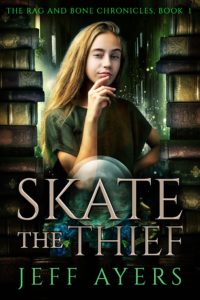 Skate the Thief
Skate the Thief
If you get a chance to leave the streets behind, you probably shouldn’t plan on biting the hand that’s feeding you—especially if it’s a large flying eyeball that does the cooking. Skate the Thief, book 1 of Jeff Ayers’s Rag and Bone Chronicles series, tells the story of a young girl named Skate, a child of the streets and member of an organization involved in all manner of underhanded dealings. When she’s caught by one of her marks and given some new assignments, Skate discovers how ticklish it can be for someone with the moral compass of a street thief to skate between two worlds. To outmaneuver trouble, she obtains help from some new friends, including the aforementioned large flying eyeball. Although the novel makes a few leaps in story logic, its sympathetic characters will steal readers’ hearts.
Best for: Middle school readers and older.
Discern: Much thievery and little hint of moral law against it, necromancy by a main character who’s basically undead, and little mention of God.
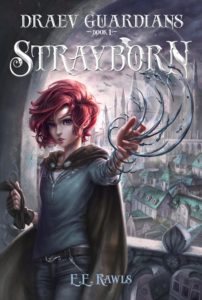 Strayborn
Strayborn
Cyrus entered the Draev Guardian Academy with two secrets: that she was half-human and that she was a girl. That is at least one secret too many, and secrets have a way of coming out. At that point she’ll need forgiveness, or at least luck. In Strayborn, E. E. Rawls tells a school story. The school’s children have nature-bending abilities and familiar archetypes: the bully, the outcast, the cool kids. Even so, the central characters feel real and stir emotion. The world, cleverly tethered to our own, mingles fairy races with contemporary accoutrements of engines, guns, and lattes. Dialogue is sometimes unconvincing, and Cyrus’s ability and choice to keep secrets tests credulity. All the same, Strayborn is an energetic, colorful story.
Best for: Middle-grade audiences, fans of Harry Potter and the Wingfeather Saga.
Discern: Two or three people are non-graphically killed, one scene depicts kidnapping and may imply some form of abuse, peril to children, a child’s pet is killed, fantastical racism, some bullying.
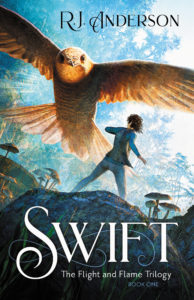 Swift
Swift
A famous movie colonel stated, “You can’t handle the truth!” But just as often it’s even harder to handle getting to the truth itself. In R. J. Anderson’s Swift, book 1 of her Flight and Flame trilogy, a miniature young piskey woman named Ivy must handle many difficult situations. Only then can she learn many different truths about her mother, her real allies and enemies, the piskeys themselves and their real history, the outside world and whom she can trust, and herself. Ivy’s story feels self-contained, though not every question is answered or conflict resolved. This little novel packs big twists and turns that will keep readers engaged all the way through the end.
Best for: Middle-grade readers and young adults.
Discern: Light faith elements, mentions of harsh events in some characters’ pasts.
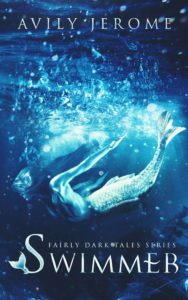 Swimmer
Swimmer
We all have our deal-breakers in relationships. You would think an impulse to eat human organs would be a pretty universal one, but then, you’ve never dated a mermaid. Avily Jerome’s Swimmer, part of the Fairly Dark Tales series, tells a fairy tale with shades of horror, not unlike many of the old stories before a gentler age retold them. This novel shades its mermaids with the legends of sirens. Ancient myths are seamlessly joined with our contemporary world—not only with its trappings, but also with its viewpoint. But although the hero, Noah, is often amoral and sometimes unlikable, his arc is still a convincing moral seduction. These currents may seem strong enough to keep readers away, but those who dive in will find Swimmer an absorbing, dark-edged fairy tale.
Best for: Fans of horror and modern fairy tales.
Discern: Multiple characters die violent deaths, grisly scenes involve blood and human remains, attempted murder, uncommitted sexual relationships, sexual allusions and one make-out session described in detail, strong language.



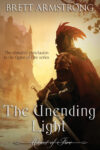
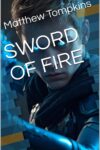
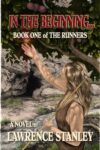
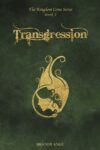
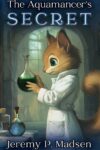

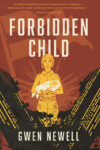

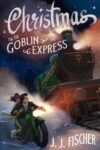
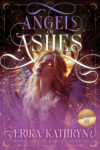

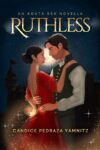
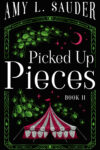
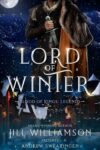

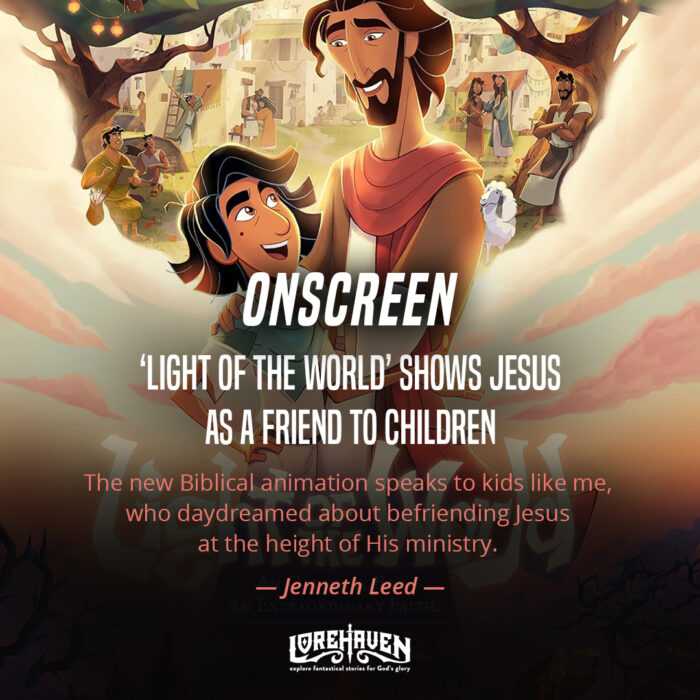

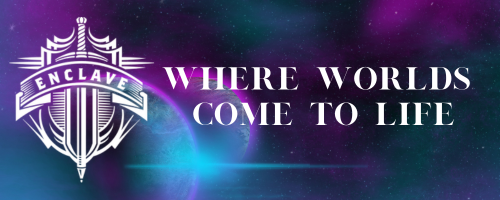
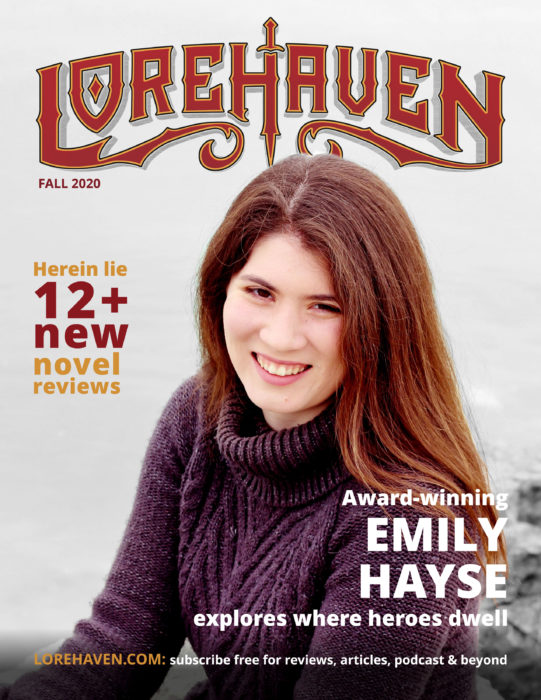
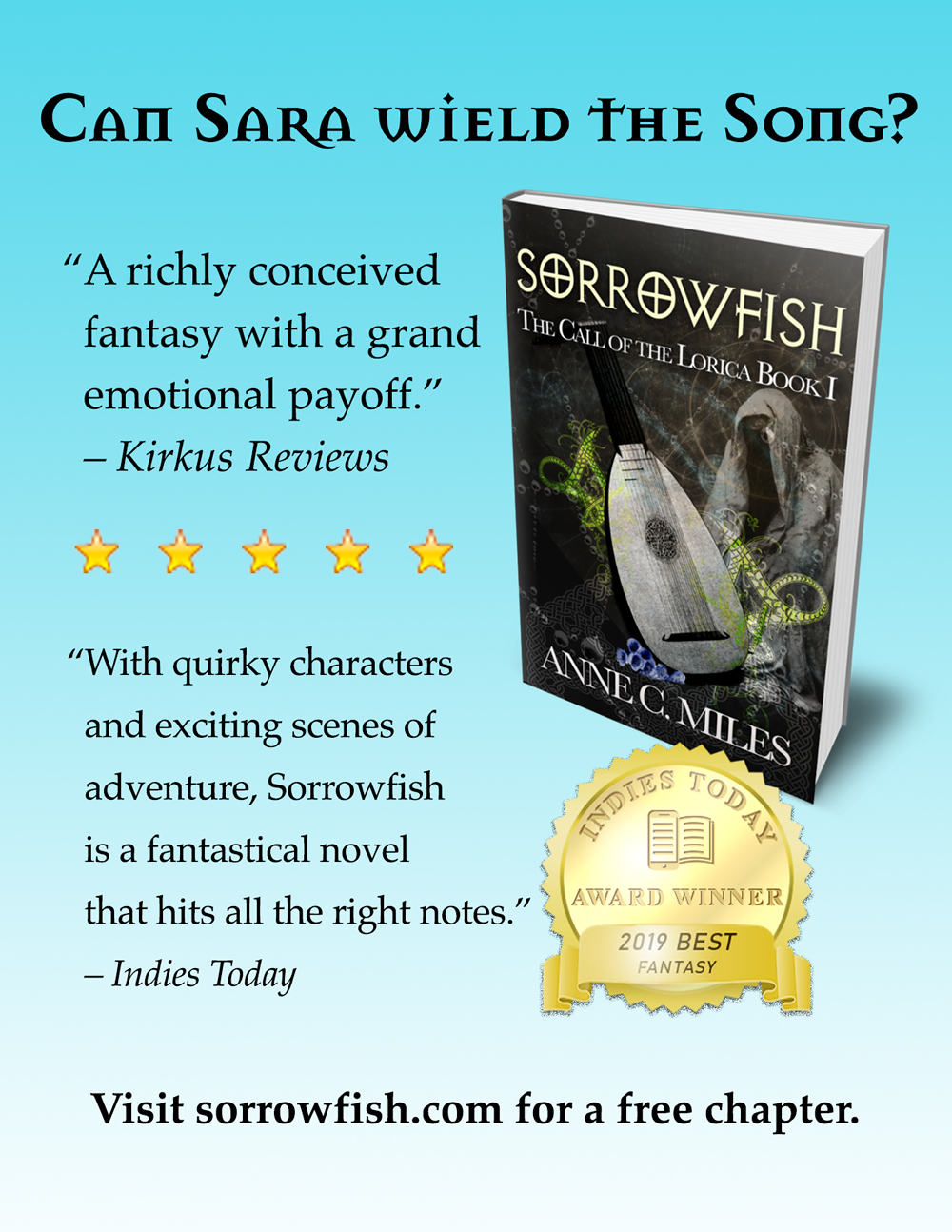
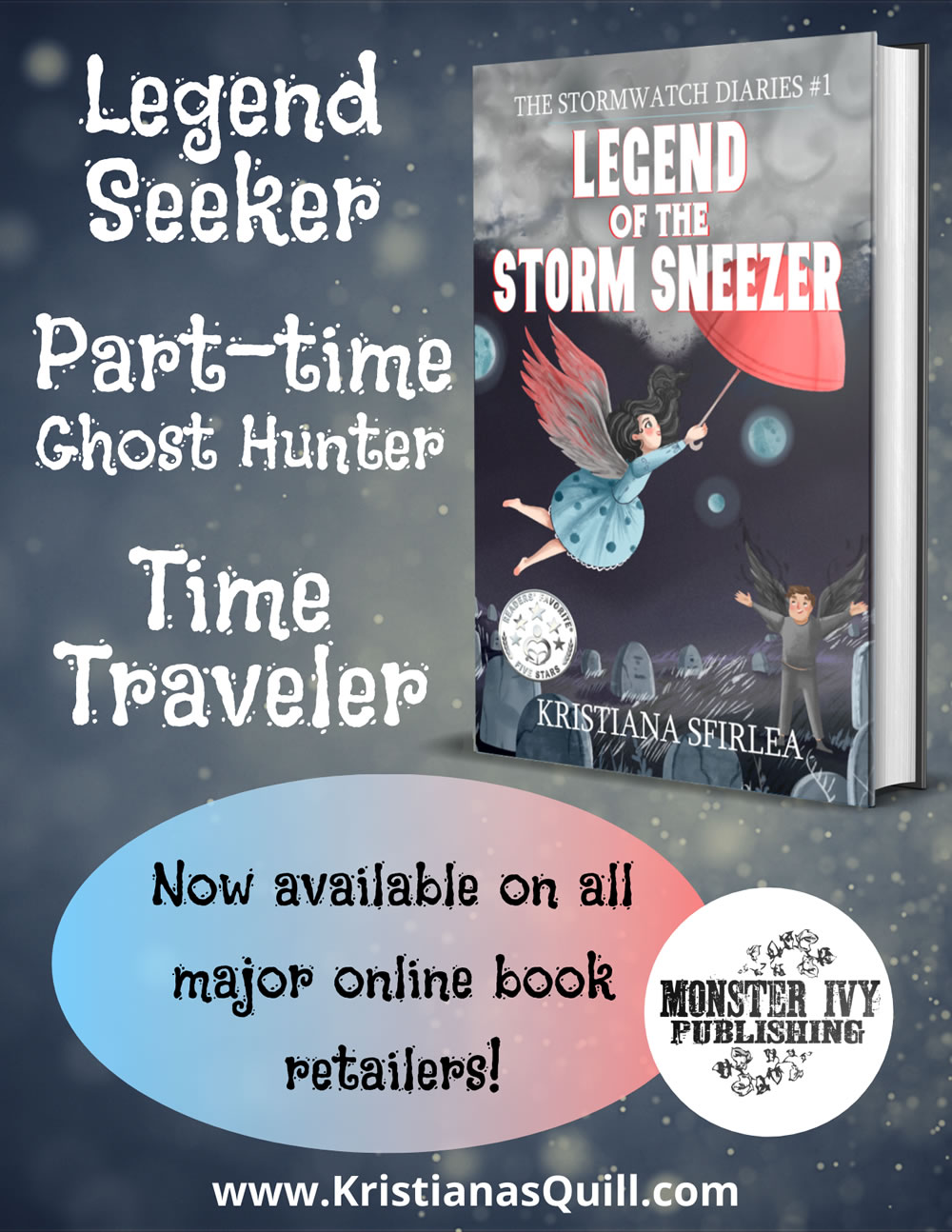
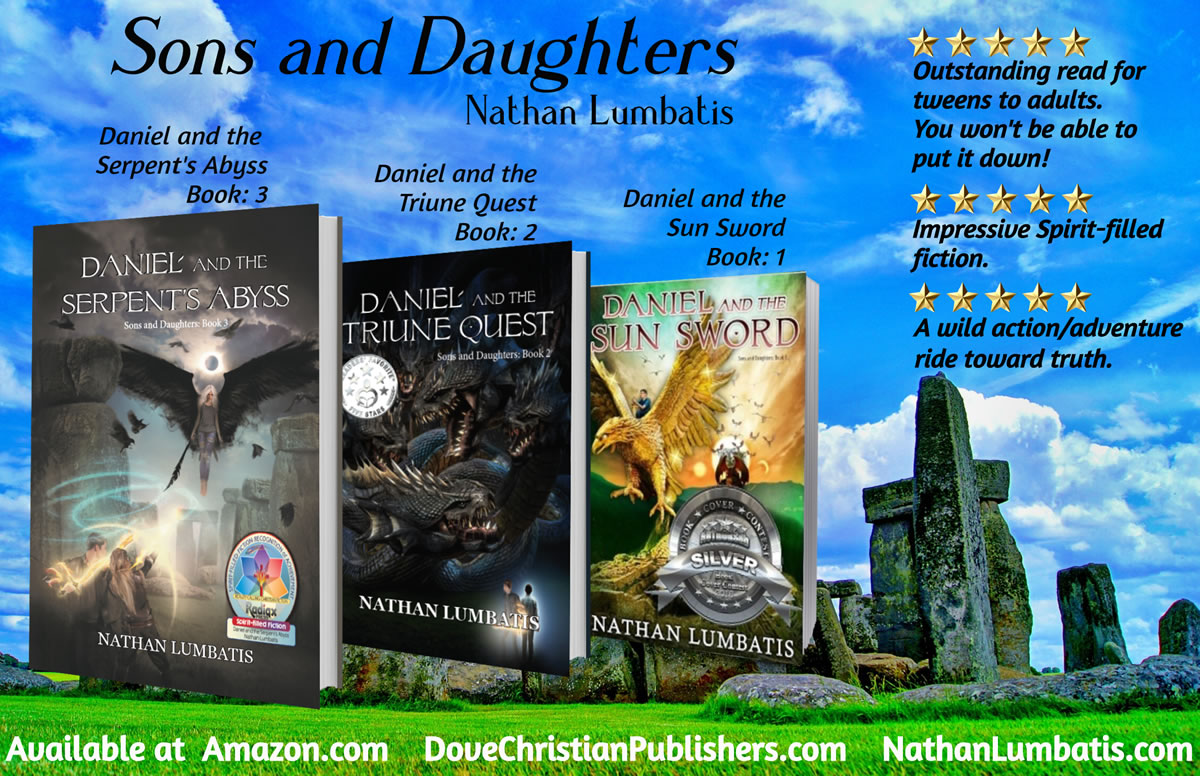
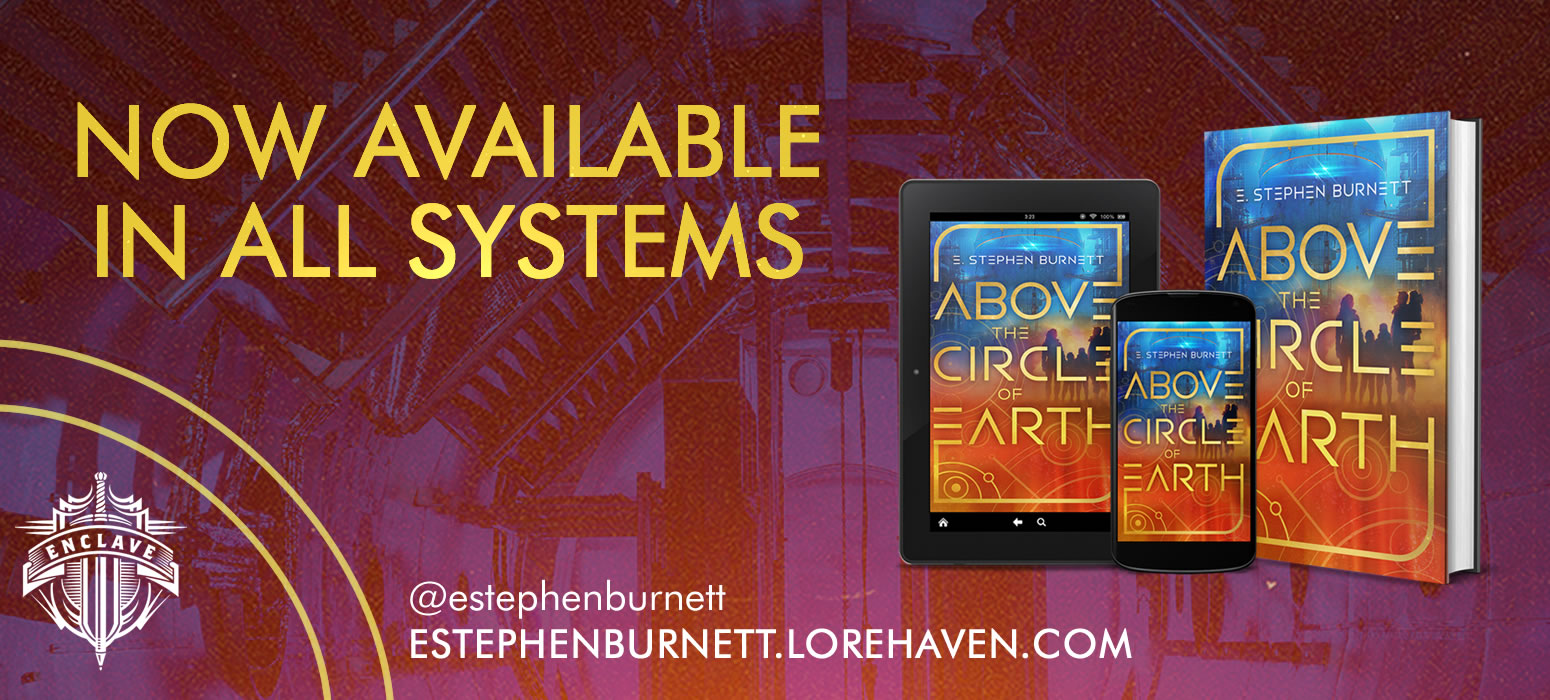
Share your fantastical thoughts.